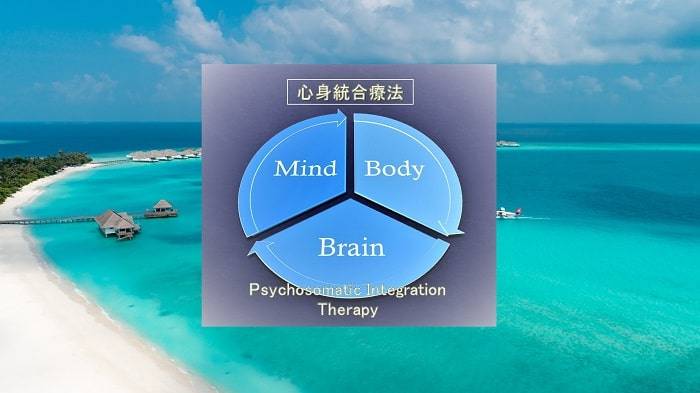CRPS(RSD)という表記について
CRPSは複合性局所疼痛症候群(Complex regional pain syndrome)の略称で、RSDは反射性交感神経性ジストロフィー(Reflex sympathetic dystrophy)の略称です。
本学会がCRPS(RSD)という表記を採用している理由は、世界疼痛学会(IASP)がCRPSという診断名を確立する以前、臨床現場で長く使用されていた旧い病名「RSD」が現在も使用されることがあるからです。
歴史的には末梢神経損傷後に生じる灼熱痛をカウザルギーと呼んだのが始まりで、その後神経損傷がないにも拘らず同様の症状を呈するケースが発見され、この両者において交感神経の異常活動とこれに起因する組織の萎縮が見られたことから、反射性交感神経性ジストロフィー(RSD)と呼ばれるようになりました。
ところがその後、交感神経の問題が必発でないことが分かり、同様の症状を呈する疾患群を総称して「CRPS」と呼ばれるようになっています。
歴史的背景
| 1864年 | アメリカ南北戦争において、Mitchellらが初めて「causalgia(カウザルギー)」を発見。Causalgiaはギリシャ語の二つの言葉 Kausis(=灼熱)とalgos(=痛み)を合わせて作られた造語。 |
| 1900年 | Sudeckが外傷後に生じる急性骨萎縮を発表。 |
| 1946年 | Evansが交感神経の関与を見出し、反射性交感神経性ジストロフィー(RSD)を発表。 |
| 1947年 | Steinbrockerが肩手症候群を発表。 |
| 1953年 | Bonicaが周辺類似疾患を分類。それらを総称してRSDとす。 |
| 1977年 | Lankfordが分かり易く5つに分類。 |
| 1986年 | 世界疼痛学会(IASP)がRSDとカウザルギーを区別。 |
| 1990年 | KozinがRSDの臨床診断基準を発表。 |
| 1994年 | 世界疼痛学会(IASP)が新分類を発表。 RSDはComplex regional pain syndrome(CRPS)のtype1、カウザルギーはそのtype2と命名。 |
| 1994年 | Bach-y-RitaがNDNという概念を発表。RSDの痛みの原因は脳神経細胞膜にある受容器のup-regulationであると説明。 ※NDNとはnonsynaptic diffusion neurotransmissionの略で、直訳すると「非シナプス性拡散性神経伝達」⇒詳しくはこちらのページ。 |
| 2005年 | Mikami(筆者)が「NDNにおける受容器のup-regulation」を「痛み中枢の活性化」と邦訳したうえで、RSDにおいては「痛み」と「交感神経」をあえて切り離して考える視点が必要であり、「痛み中枢の活性化」と「交感神経の機能異常」が偶発的に同時発生もしくは何らかの相関反応を伴いつつ、同時期あるいは時間差をおいて発生するという概念を発表。 |
臨床症状
・安静時痛 ・運動時痛 ・灼熱痛 ・発赤 ・熱感 ・腫脹 ・浮腫 ・爪変化 ・皮線消失 ・皮膚光沢 ・骨萎縮 ・筋萎縮 ・アロディニア(allodynia:通常なら疼痛を起さない刺激で誘発される痛み)・ハイパラルジージア(hyperalgesia:痛覚反応において通常よりも強い痛みを感じる痛覚過敏)・レイノー現象 ・冷感 ・蒼白な皮膚 ・多汗 ・多毛 ・脱毛 ・関節拘縮 ・こわばり ・他
発症誘因
【外傷】 骨折、打撲、捻挫、脱臼、挫傷、切創、刺創など
【疾患】 四肢体幹の慢性疼痛、心筋梗塞、糖尿病、椎間板ヘルニア、頚椎変性疾患、脳血管障害、神経軸索の腫瘍、灰白脊髄炎、多発性硬化症、慢性関節リュウマチ、変形性関節症など
【医原性】 手指の切断術、手の腫瘍切除術、暴力的な徒手整復術、ギプス固定の緊縛、脊髄造影術、他動強制的な運動療法、カイロや整体などによる矯正術、強刺激の物理療法、悲観的ムンテラ、強刺激マッサージや強指圧、正中神経及び坐骨神経への針刺し事故、サイオペンタールやアルコールの神経内または傍神経への注入、手術一般、そのほか疾患における未熟な疼痛管理や外傷における未熟な腫脹コントロールなど
治療法
【薬物療法】 ①ステロイド ②抗うつ剤 ③ノイロトロピン ④漢方薬 ⑤ケタミン ⑥交感神経遮断剤(グアネチジン) ⑦リリカ・トラムセット
【手術療法】 ①交感神経節切除術 ②神経切除術、神経剥離術 ③神経骨内没術 ④硬膜外脊髄刺激 ⑤脳深部刺激療法(DBS)
【ブロック療法】 ①星状神経節ブロック ②硬膜外ブロック ③交感神経遮断剤(IRSB) ④腰部交感神経ブロック ⑤局所神経ブロック
【保存療法/非侵襲的治療/その他】 ①温冷交代浴 ②患肢高挙 ③経皮的神経電気刺激(TENS) ④AKA ⑤心理学的アプローチ ⑥装具療法 ⑦BReIN(ミラーセラピー含む)他
分類概念
※完全型と不全型に分かれるという視点… 本学会による分類です。近年の傾向として不全型のほうが圧倒的に多いという印象があります。精神疾患を合併していない不全型であればBReINによって確実に回復します。その実例についてはこちらのページ『CRPS(RSD)の改善症例」で紹介しています。
認知科学統合アプローチ(COSIA)に興味のある方へ
画像ラベリングと痛みの原因診断が乖離する現状において、世界疼痛学会(IASP)は痛みの定義を改訂し、「痛みの感情起源説」にシフトしています。
COSIAに興味のある方は是非一度「医療者・セラピスト専用サイト」にお越しください。貴殿のご参画をお待ちしております。


